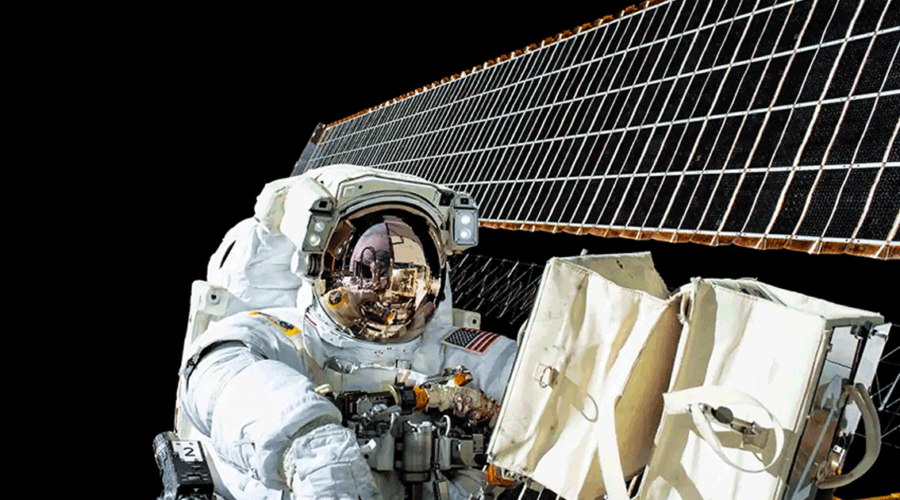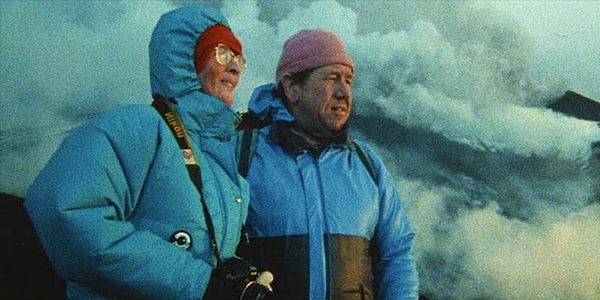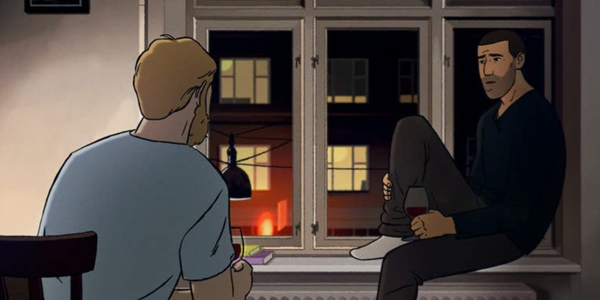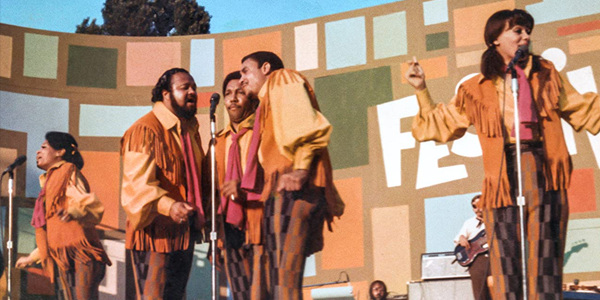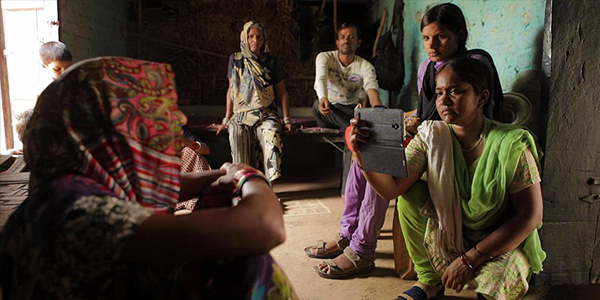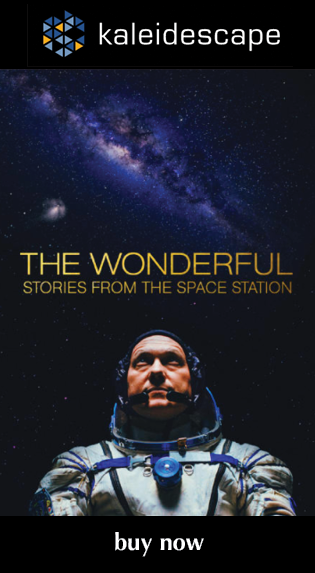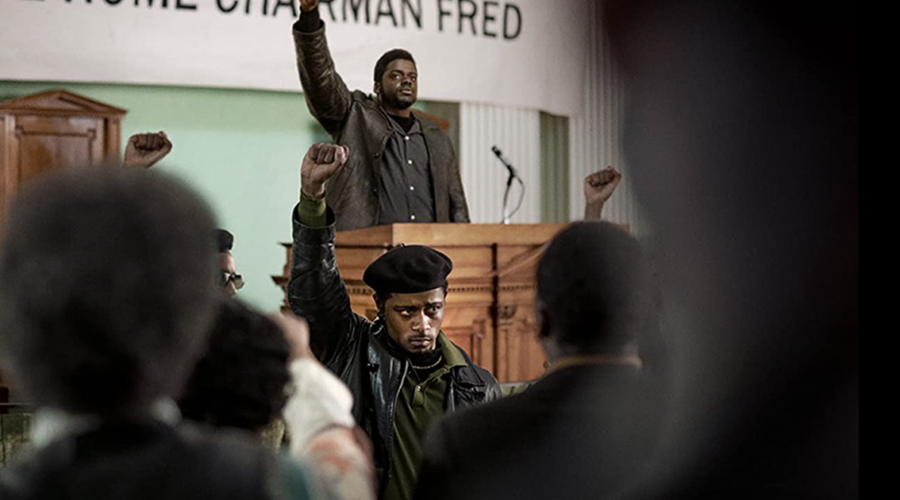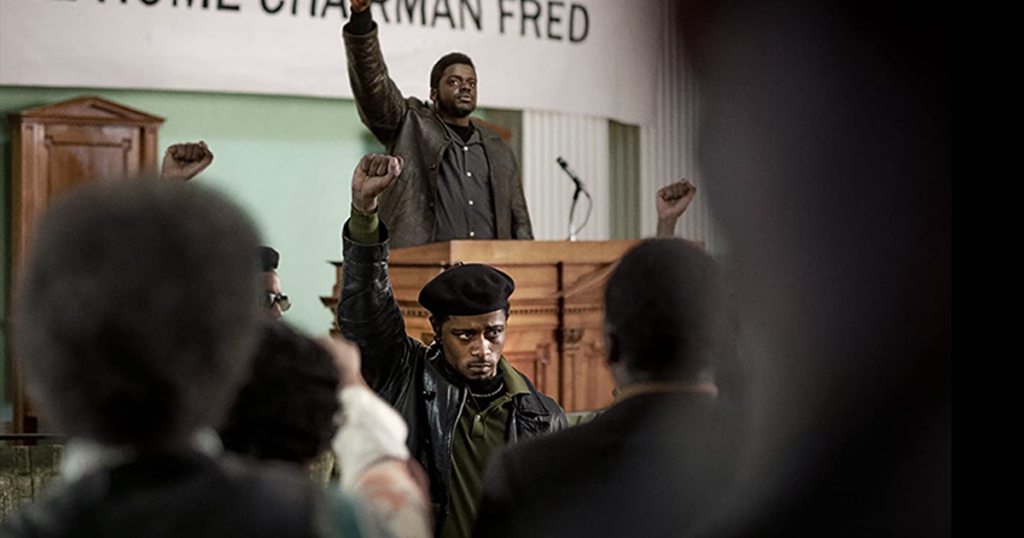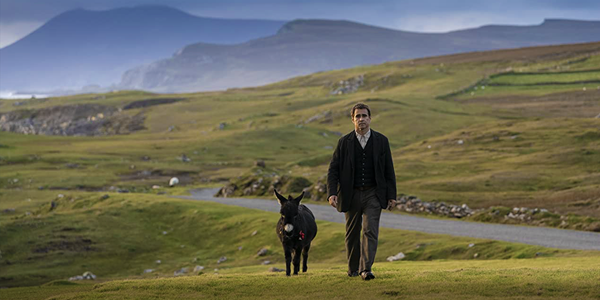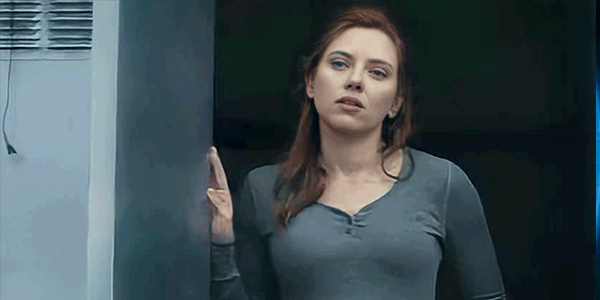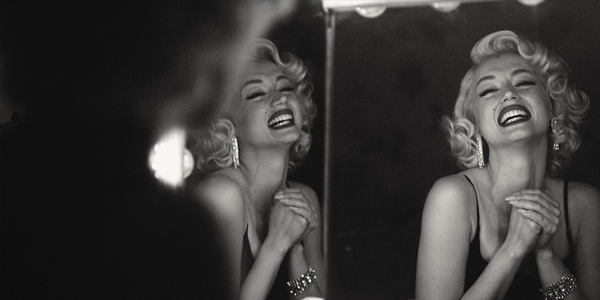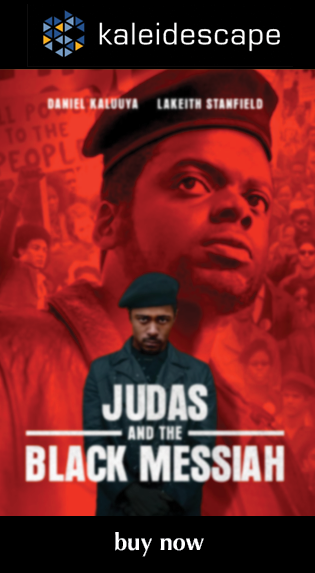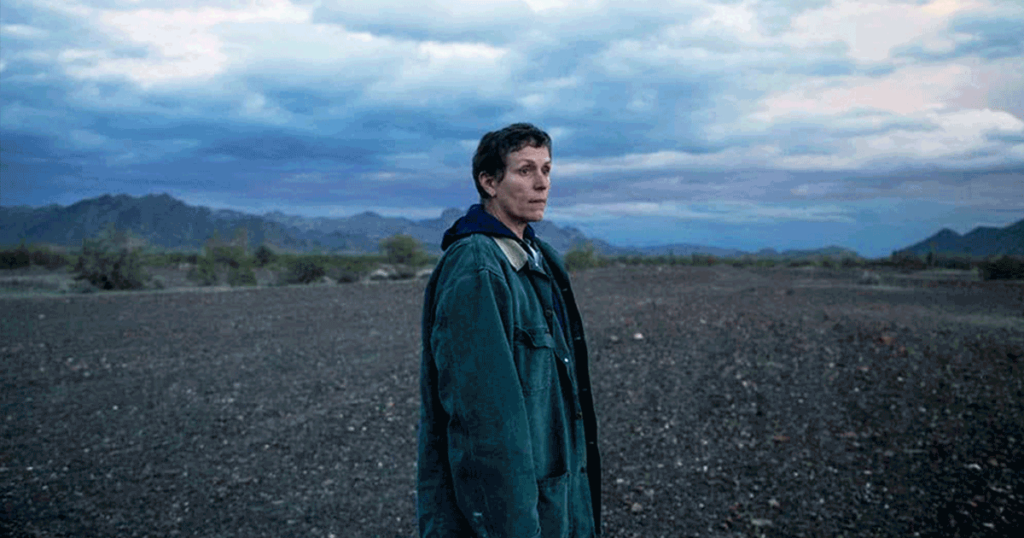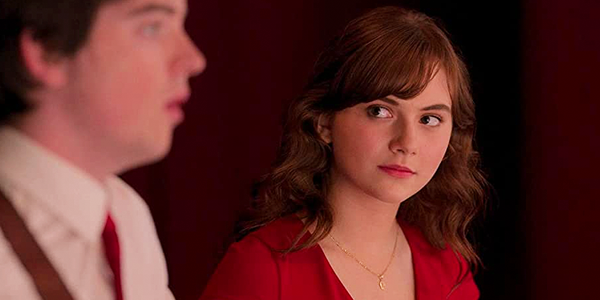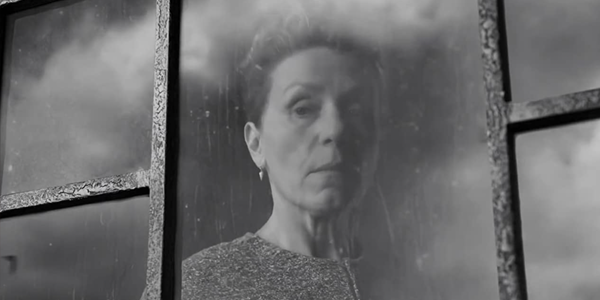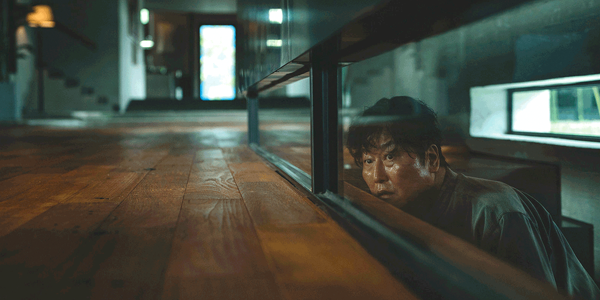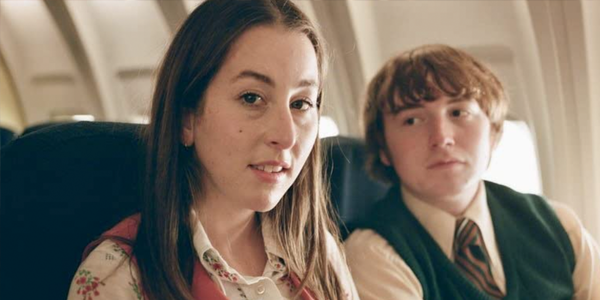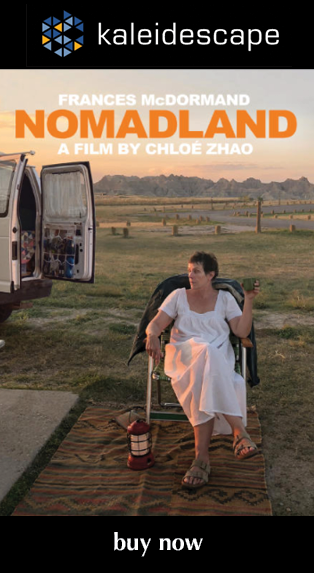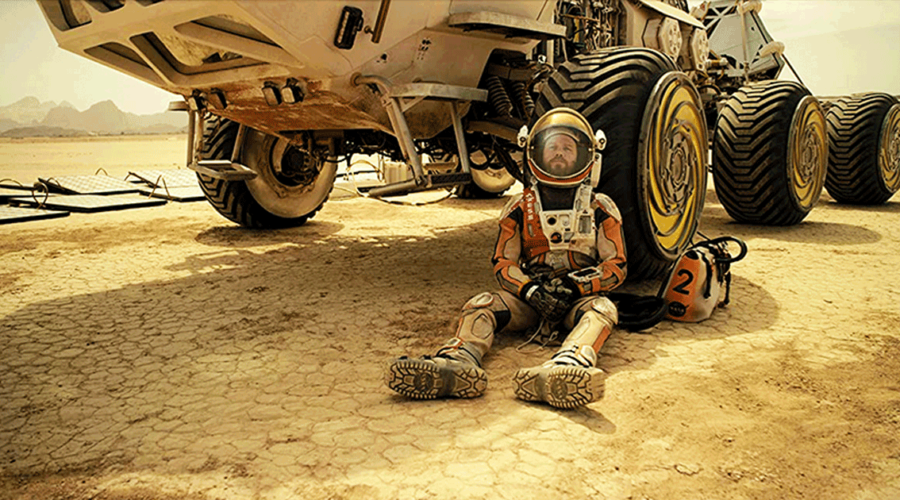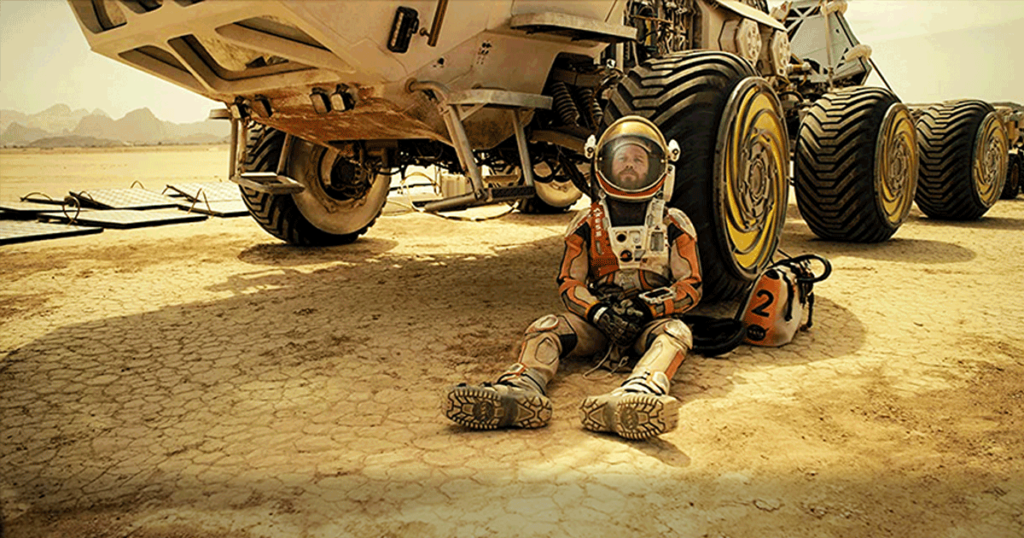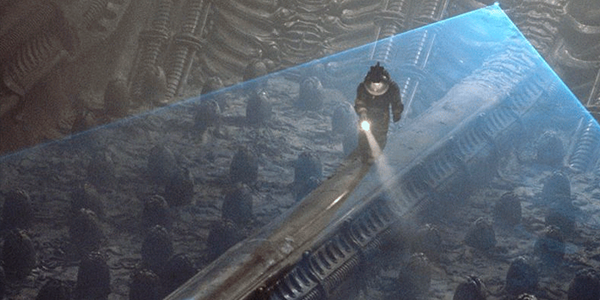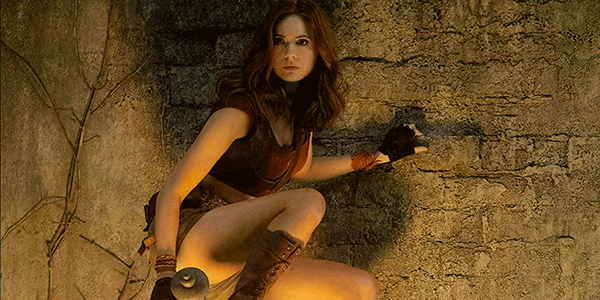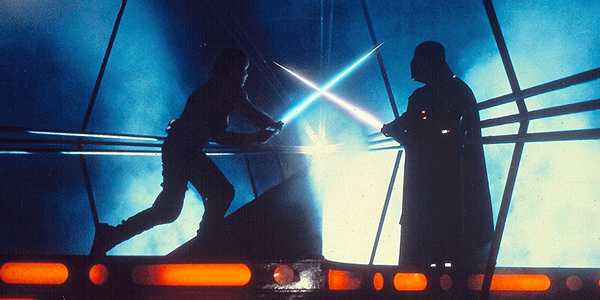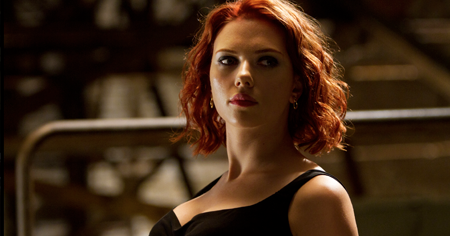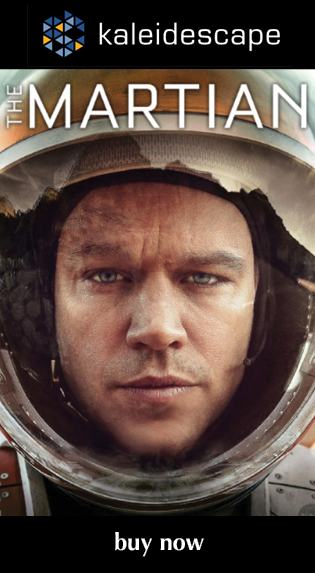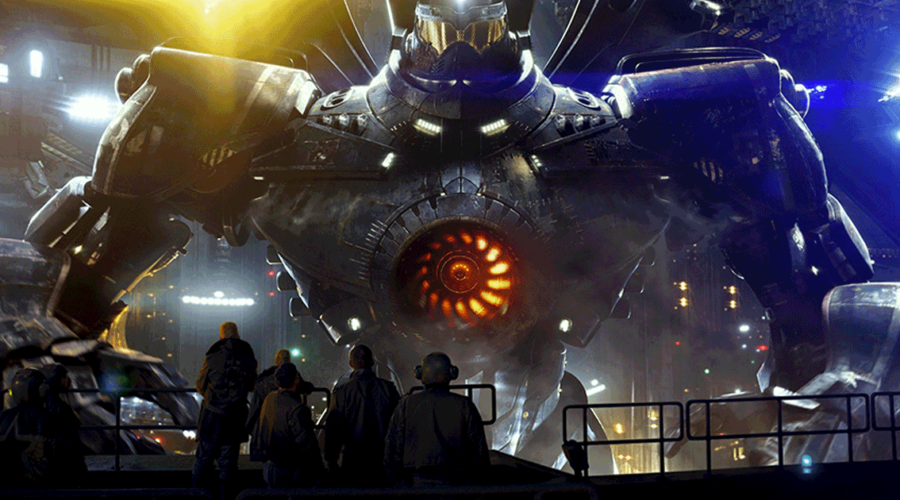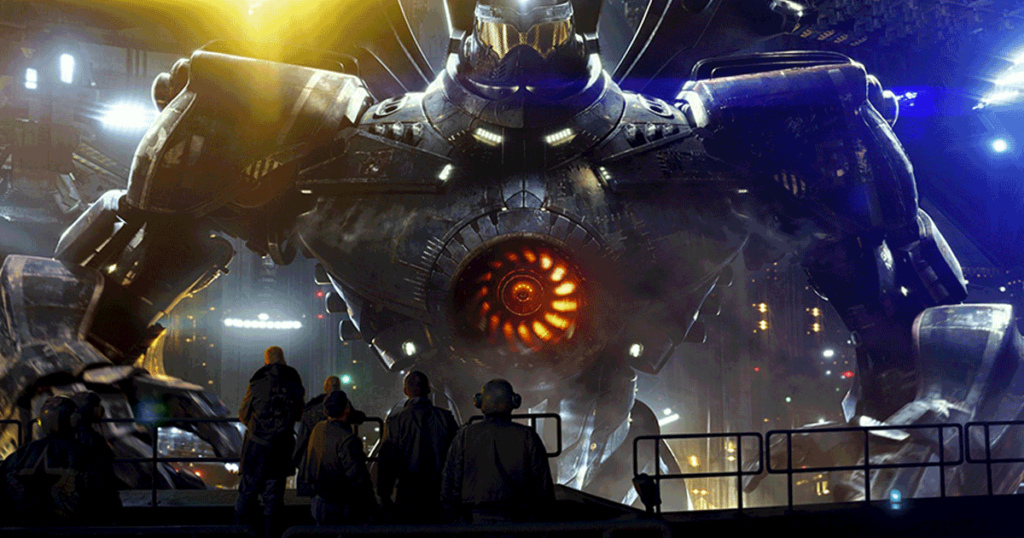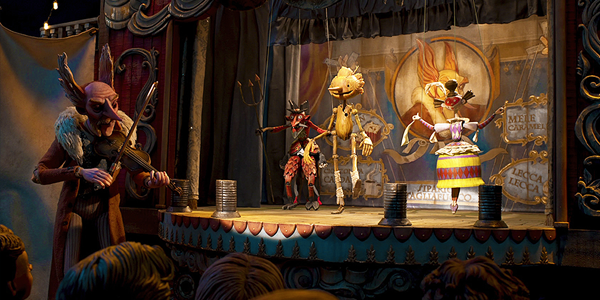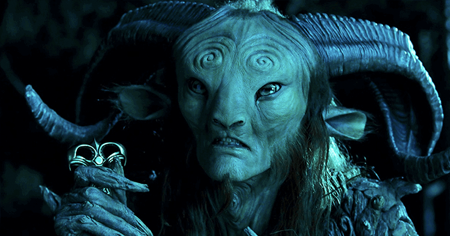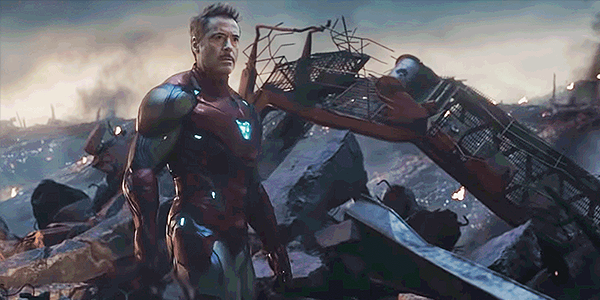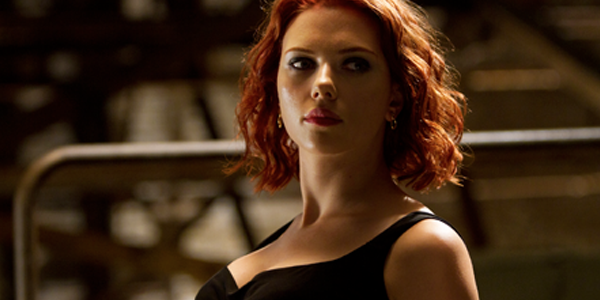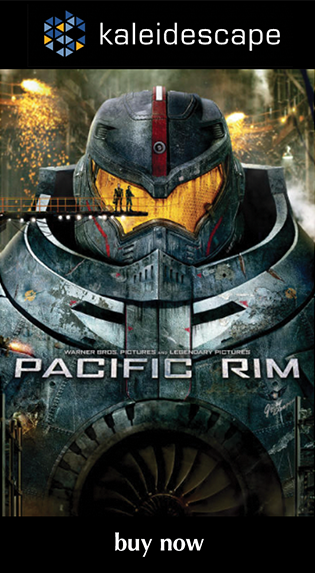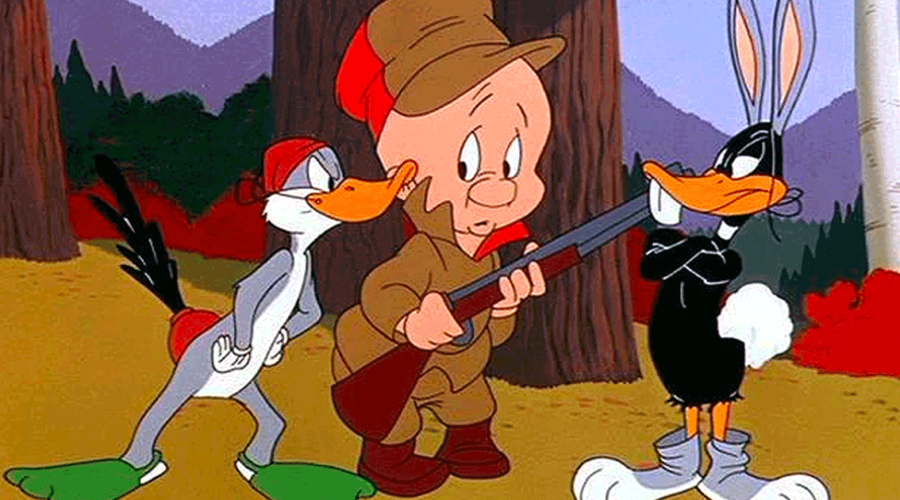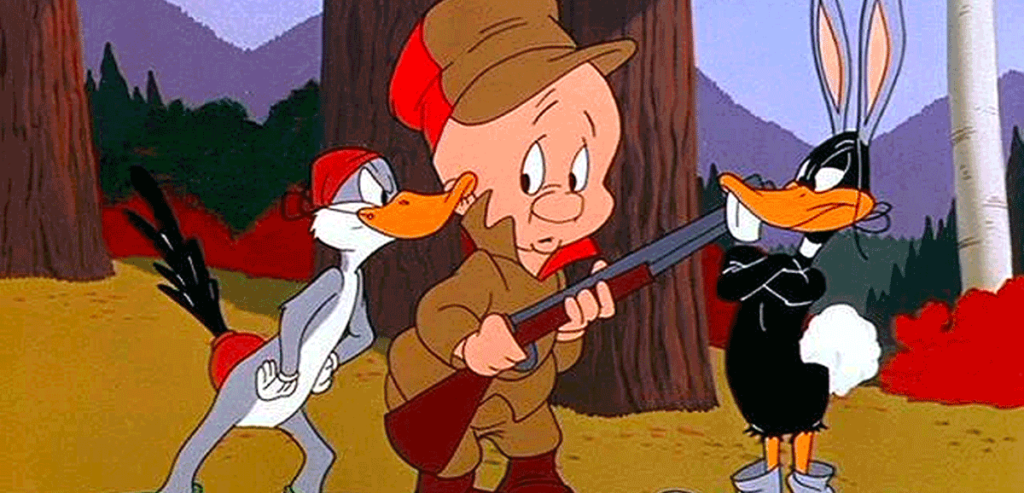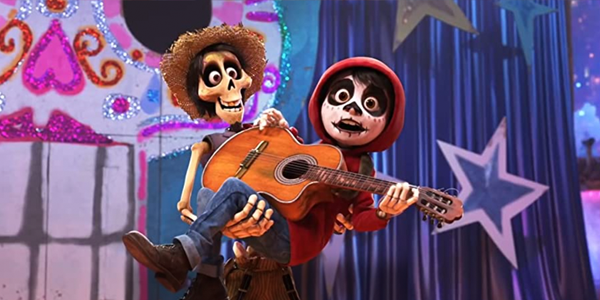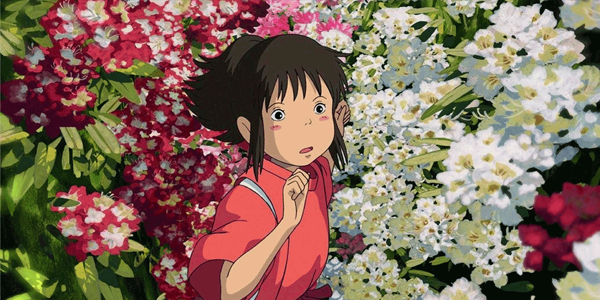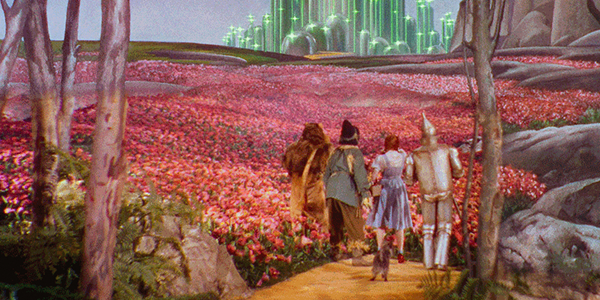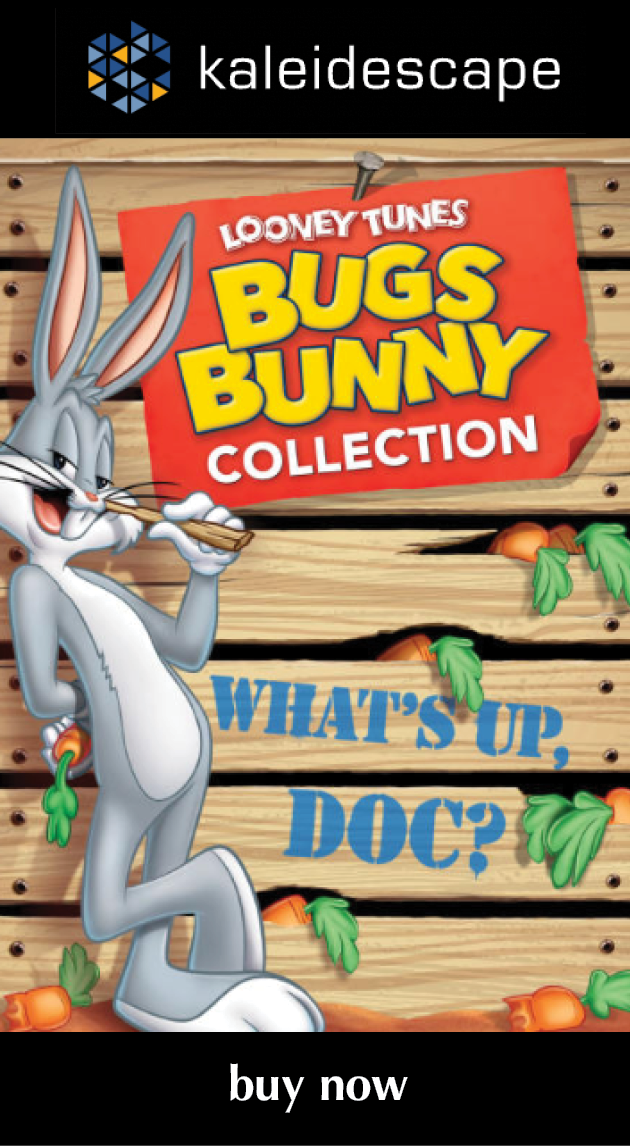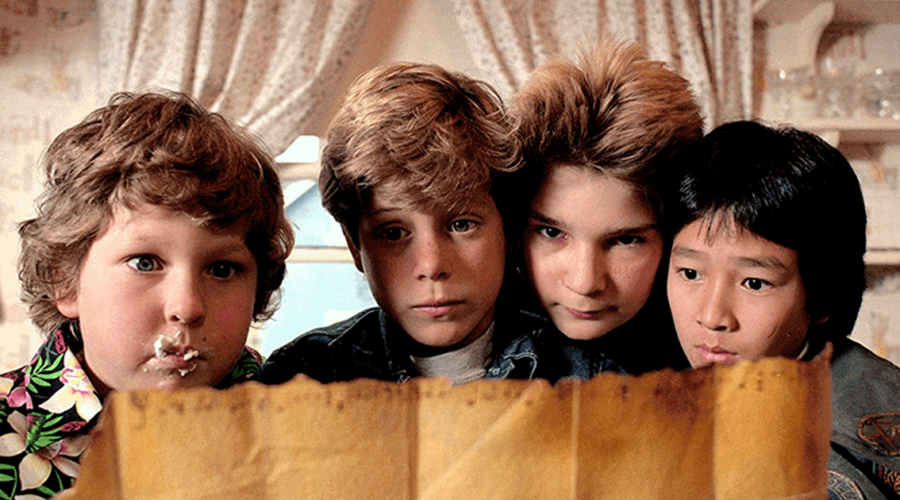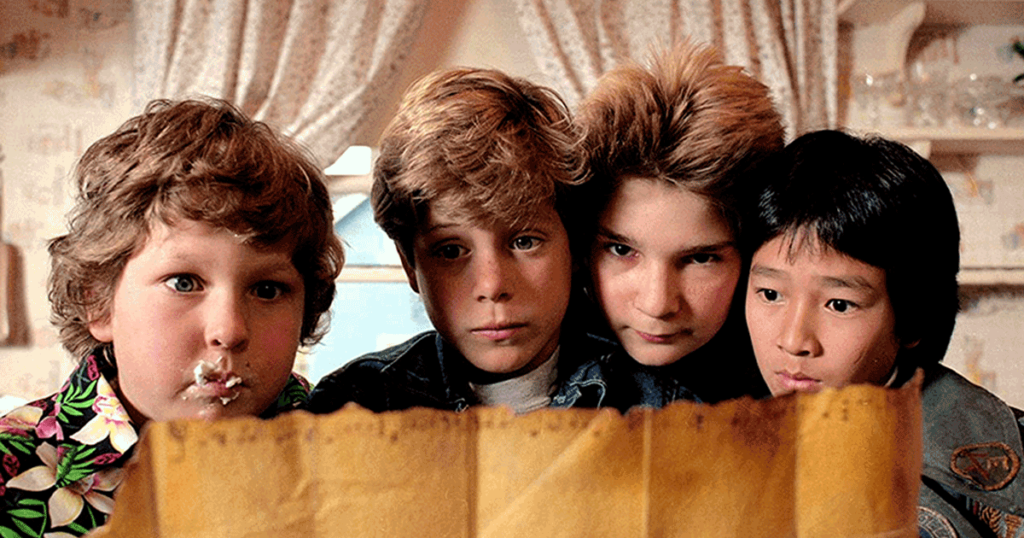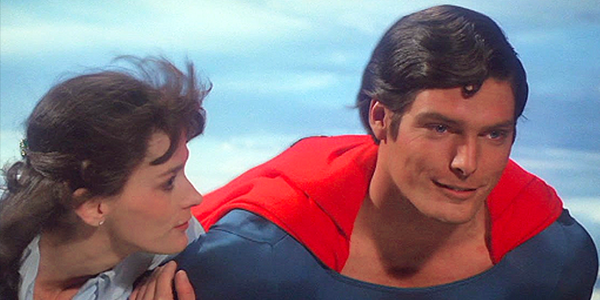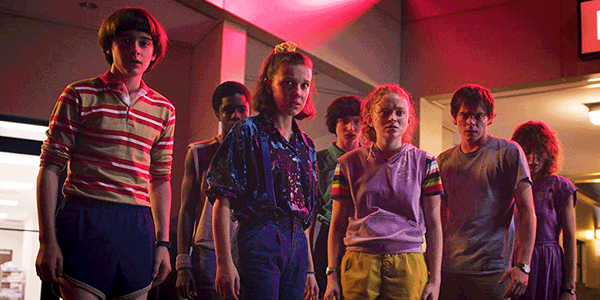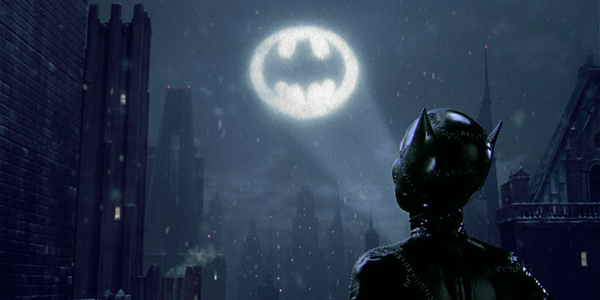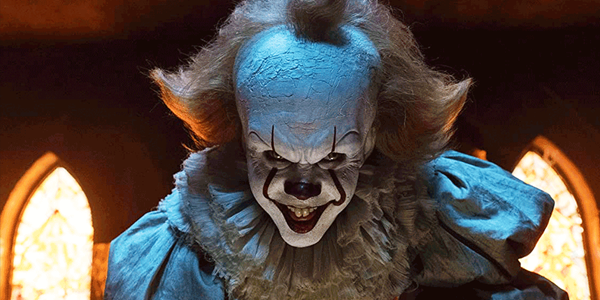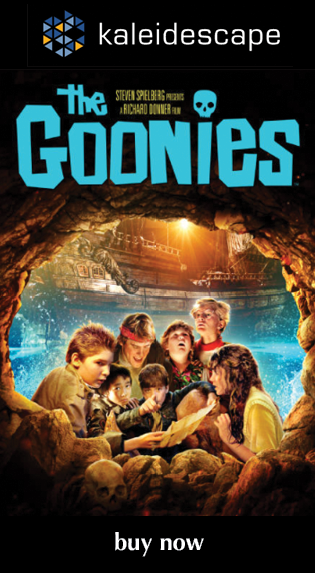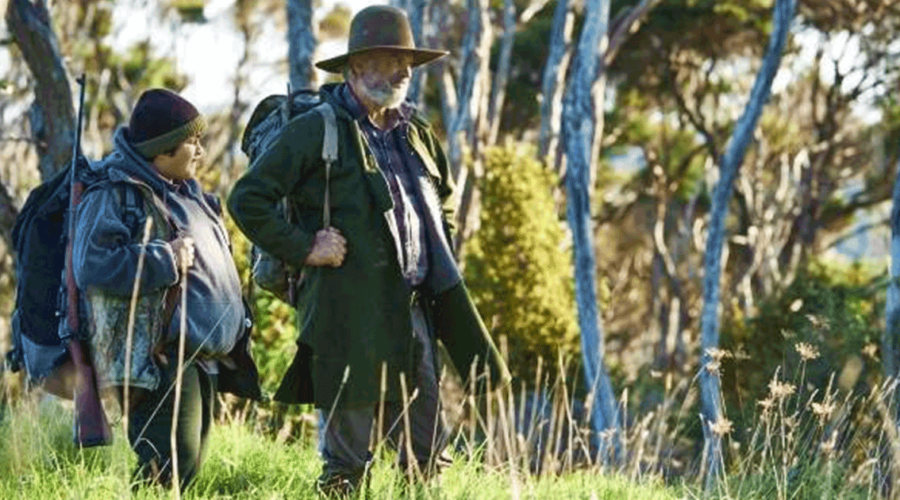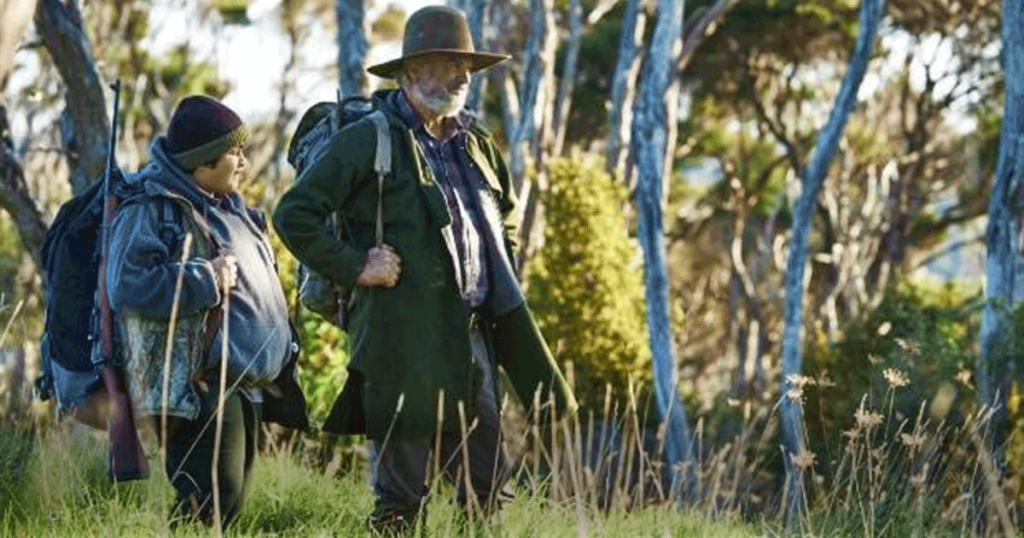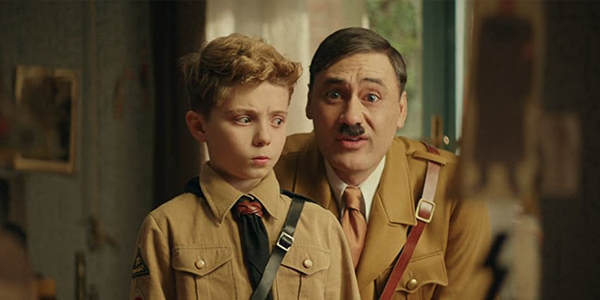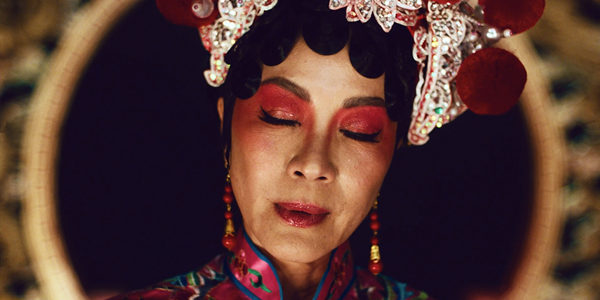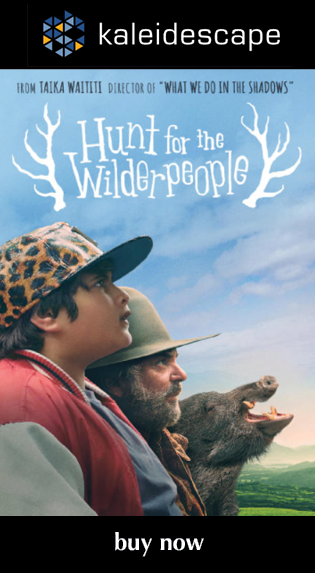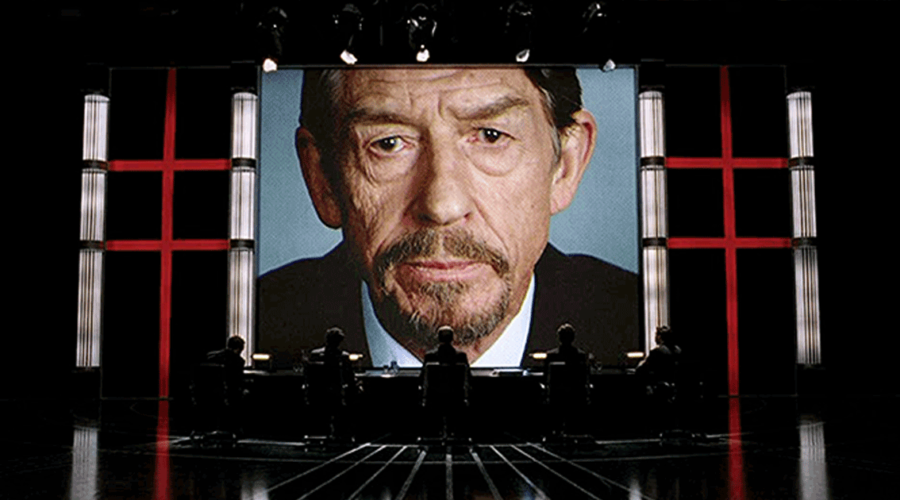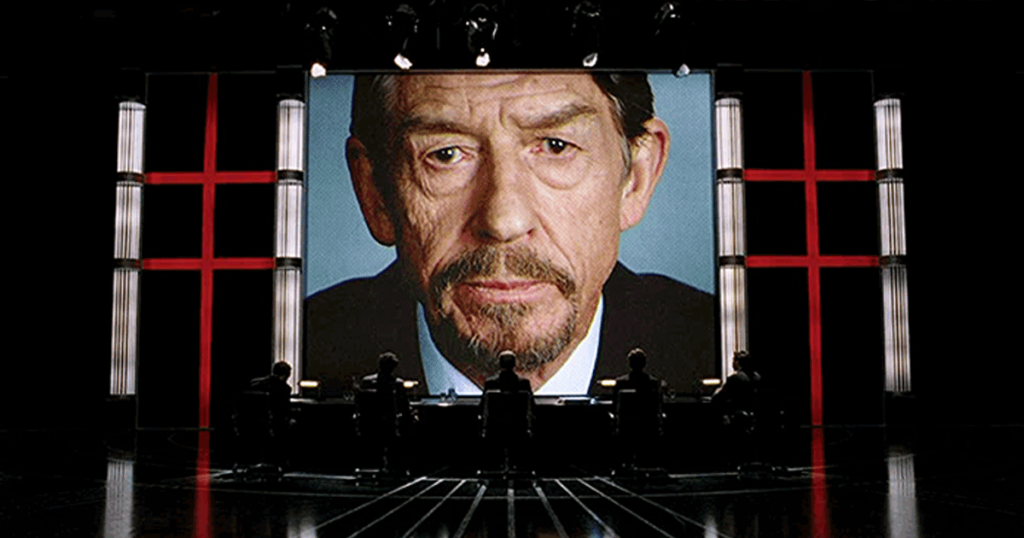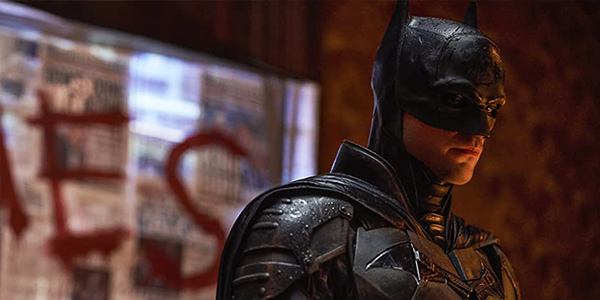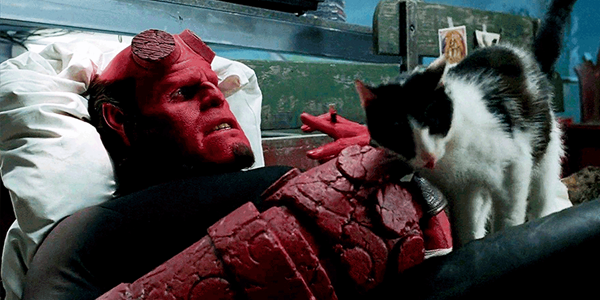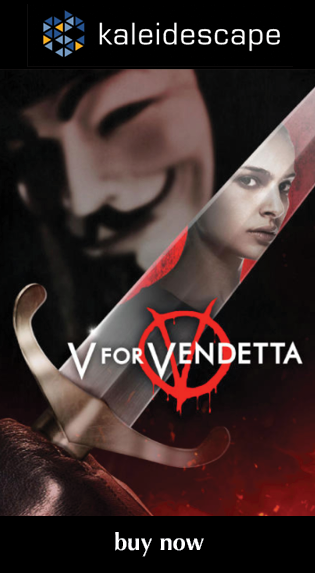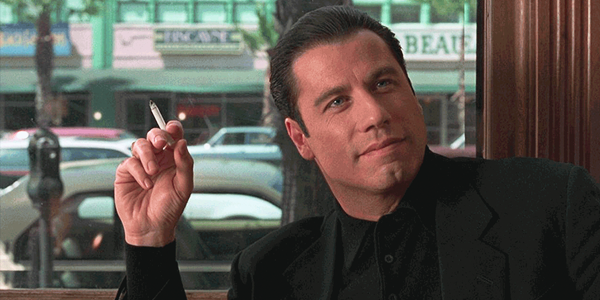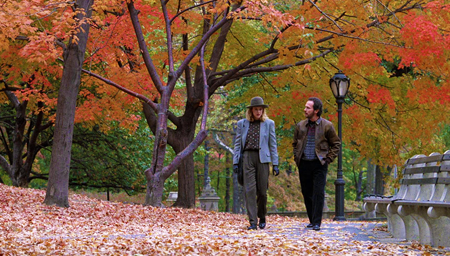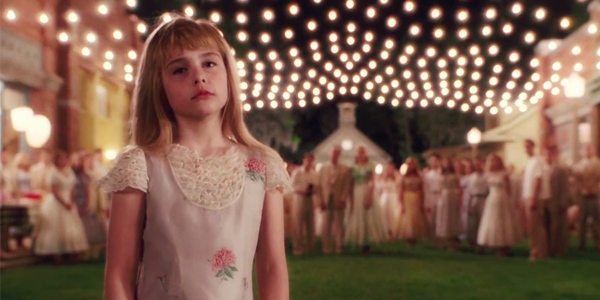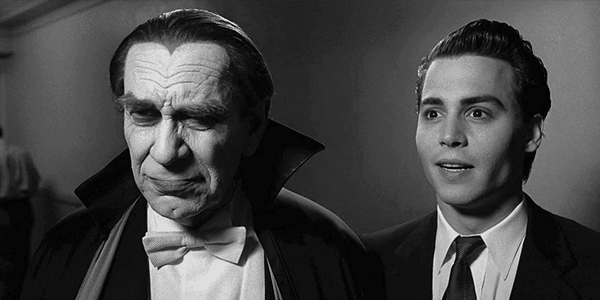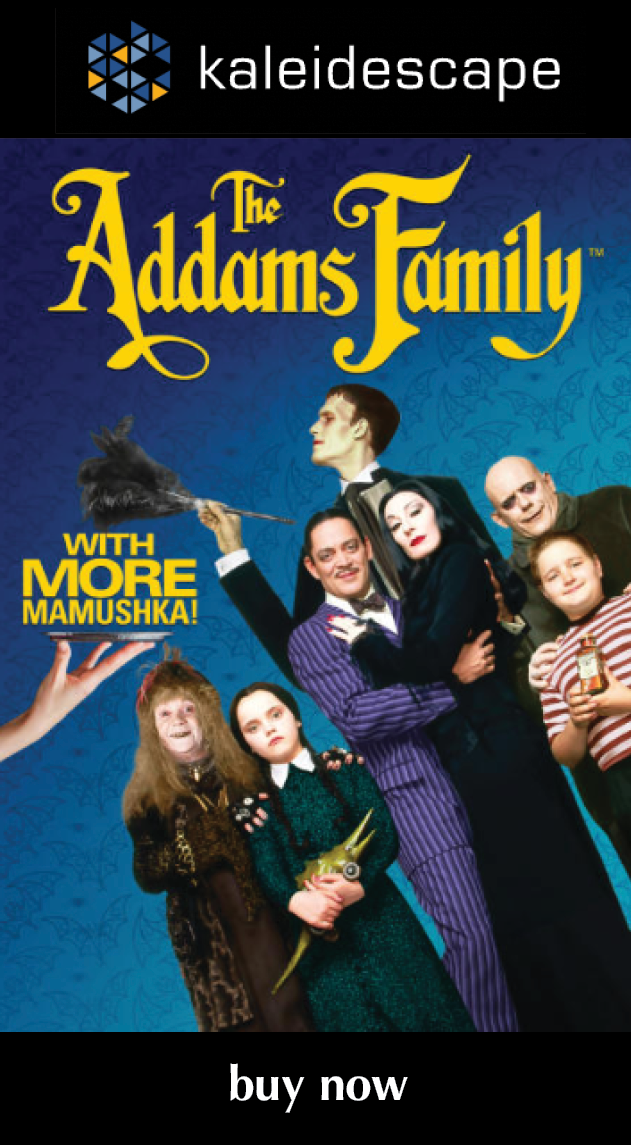Review: The Wonderful: Stories from the Space Station
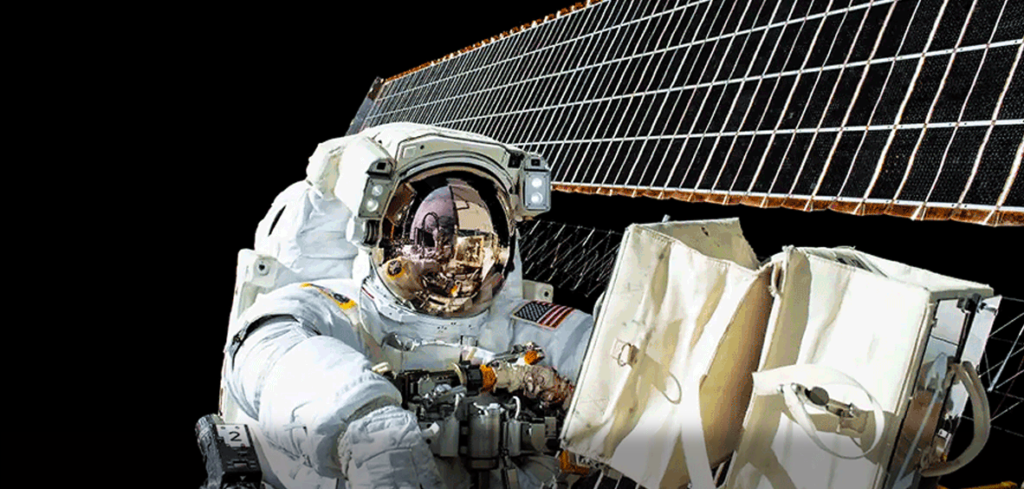
review | The Wonderful: Stories from the Space Station
This documentary gets more wrong than it gets right but still adds up to an intriguing look at the history of the ISS
by Dennis Burger
updated July 28, 2023
I’m not sure what to make of the new documentary/retrospective The Wonderful: Stories from the Space Station because, even though there’s more good about the film than bad, the whole is undeniably less than the sum of its parts.
The film simply has no idea what it wants to be about, aside from the obvious: The two-decade-plus history of the International Space Station. Is it a focus on the geopolitics behind this multinational endeavor? A celebration of the people involved? An exploration of the science done on the ISS? An investigation of the mechanics of this technological marvel?
The answer to all of those questions is, yes. And that’s unfortunate, because, in its attempt to cover all that ground, the 129-minute film merely scratches numerous surfaces but fails to fully satisfy in any respect. It skips entirely over the construction of the ISS, pays mere lip service to what it’s like to live on the station for months at a time, and offers only the most tantalizing glimpse of the work done upon it.
That would be fine if the film had more compelling stories to tell about the humans involved but more often than not we’re presented with the same story told over and over again about a child who dreamt of going to the stars, got rejected again and again, and was eventually selected as an astronaut. Seriously, if you removed all reiterations of that story and the accompanying shots of people standing in cornfields or plains looking up at the stars, The Wonderful would be half the length—and probably a better film.
There are exceptions, of course. Scott Kelly, an absolute legend of the modern era of spaceflight, lights up the screen, and his anecdotes about not only his life but also his year spent on the ISS are entertaining, engaging, and hilarious. But this brings up another problem: Kelly’s interviews are chopped up and dumped onscreen in two big chunks with absolutely no rhyme or reason, as are the segments featuring Cady Coleman and her family. It’s as if the filmmakers took elements shot for the film, shuffled them like a deck of cards, and let that dictate the structure of the finished product.
Had these segments been grouped chronologically or thematically, they could have better contributed to a larger story about what it’s like to be an astronaut assigned to the ISS. Given the overall lack of focus and haphazard editing, though, it’s hard not to conclude that the footage assembled for The Wonderful would have worked better as a YouTube playlist of five- or ten-minute video vignettes.
The other big sin is the dearth of footage from the actual ISS. There are a handful of stunning shots here and there (some of them duplicated, for some odd reason), but it feels like most of the actual space footage in the film is contained in the trailer. That’s a major bummer.
But for all its lack of direction and momentum and narrative structure, The Wonderful does contain some footage I’ve never seen elsewhere. And the segments focusing on Scott Kelly and Cady Coleman are worth their weight in unobtanium. So you can’t write off the whole affair. It’s just a shame that the existing footage wasn’t handed off to a more skilled editor under the supervision of a filmmaker who actually had a vision for what kind of film he wanted to make.
If all of that doesn’t turn you off, you have oodles of choices for how to consume The Wonderful. I opted for Kaleidescape, and feel like that was the right call. While most online providers can handle 4K/HDR imagery perfectly fine, HD can be a bit hit-or-miss, and The Wonderful is only available in 1080p—fitting, given how much of the imagery was sourced from video feeds and footage shot for TV. (Why the film was framed at 2.39:1, I’ll never know. I guess it does give it a bit more cinematic street cred.)
There’s been a good effort to clean up and scale up most of the footage, but we’re still talking about occasionally noisy and glitchy video that isn’t the easiest to compress. Kaleidescape’s higher-bandwidth AVC encode does a fantastic job with all this, ensuring that the stock imagery is always the weakest link in the video chain. Newer interview footage is also presented cleanly and smoothly, with none of the banding in the backgrounds that might creep into lower-bandwidth AVC encodes.
Kaleidescape’s DTS-HD Master Audio 5.1 mix also does a fantastic job with the soundtrack, which proves to be one of the most compelling things about The Wonderful. Whoever was in charge of selecting the songs for deserves props because the music always accentuates the mood and tone of the imagery without being egregiously manipulative. Moreover, the surround-sound mixing for the music is among the best I’ve experienced in any film in ages. It has a wonderfully holographic quality that really underscores the importance of a proper home cinema sound setup. Rather than merely surrounding you with music, it drops you into the middle of the songs, placing audio elements out in the room rather than merely around it. Front/back imaging, which is almost never a thing in surround music mixing, is employed here to give the songs both scale and immediacy. Aside from the interviews with Scott Kelly, it’s truly my favorite thing about the film.
Thatt’s not quite enough to save The Wonderful from its own excesses and its unfortunate lack of direction. But I don’t think you should let any of that scare you off. As I said, more of it works than doesn’t. It’s just frustrating that a documentary with such potential to be great ended up being merely pretty good.
Dennis Burger is an avid Star Wars scholar, Tolkien fanatic, and Corvette enthusiast who somehow also manages to find time for technological passions including high-end audio, home automation, and video gaming. He lives in the armpit of Alabama with his wife Bethany and their four-legged child Bruno, a 75-pound American Staffordshire Terrier who thinks he’s a Pomeranian.
PICTURE | The high-bandwidth AVC encode of Kaleidescape’s 1080p presentation does a fantastic job of cleaning up and upscaling the video-feed and TV footage
SOUND | The DTS-HD Master Audio 5.1 mix also does a fantastic job with the soundtrack, which proves to be one of the most compelling things about the film
© 2025 Cineluxe LLC
